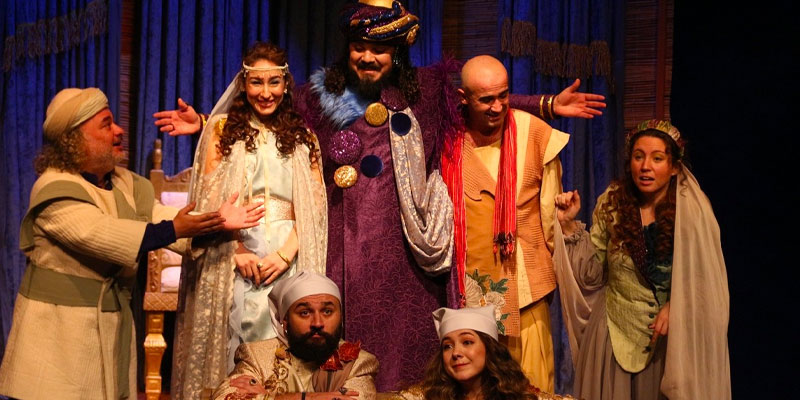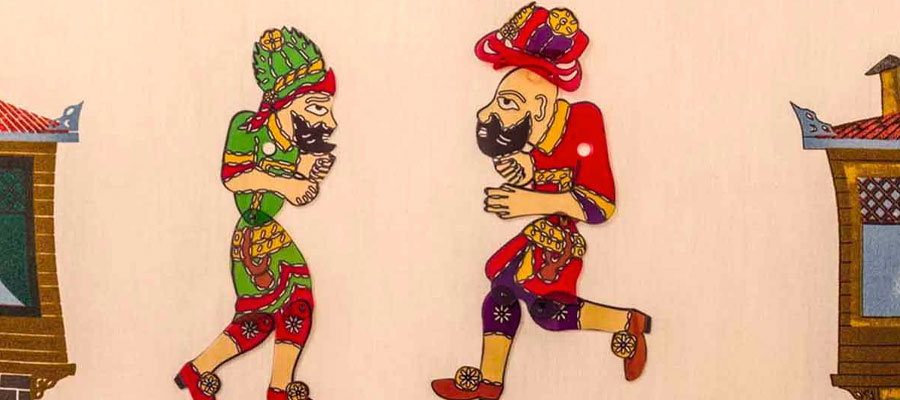The origin of traditional Turkish theater dates back hundreds of years. The term “traditional Turkish theater” refers to performances that were performed during the Ottoman Empire, including “Halk Tiyatrosu” and “Koy Sehirlik Oyunlari”. The most important aspect of these types of traditional Turkish theater is that they are based on improvisation and not on written text. The main element of Turkish theater is comedy. The plays were not organized to be performed regularly, but were generally seen as part of traditional ceremonies or social gatherings.
Village games or “Koy Seyirlik Oyunlari”
The “Koy Seyirlik Oyunlari” are based on the ceremonies of the civilizations of Asia Minor as well as on the ceremonies of the shamans inherited from the Turkic ancestors. Traditional Turkish theater is organized in accordance with rural traditions on special days, weddings and holidays.

The folk theater or “Halk Tiyatrosu”
The “” Halk Tiyatrosu flourished in urban areas and this type of theater includes Karagoz and Hacivat (shadow theater), Kukla (puppet theater), the art of Meddah (public storytellers) and finally the Orta Oyunu (theater of street).
Karagoz and Hacivat:A traditional theater-show created and performed by the Turks, where shadow puppets of human and animal figures, cut out of leather and colored, are thrown onto a white curtain using a light source at the back. Karagoz and Hacivat are the main characters in the Turkish shadow game. It is not known for certain whether these two characters actually lived, and if they did, where and how they lived. The stories are based on rumors, because even if they actually lived, they were probably not considered important enough to enter the history books at the time mentioned. Folklorists argue that Karagöz’s confession that he is a Gypsy in some plays, playing a Bulgarian bagpipe, and based on Evliya Çelebi’s testimony, is Bali Çelebi from Sofyoz, the Gypsy groom of Byzantine Emperor Constantine.
The art of the Meddah: in one act where the narrator also imitates the different characters in the play. Its most important component is the meddah (storyteller) who is the artist who tells various stories in public and entertains people with his imitations.
Orta Oyunu: “orta oyunu” resemble Karagoz and Hacivat in style and theme, however “orta oyunu” are performed by real actors. Kavuklu and Pisekar are the main roles. To know more about Turkish culture have a look here.

